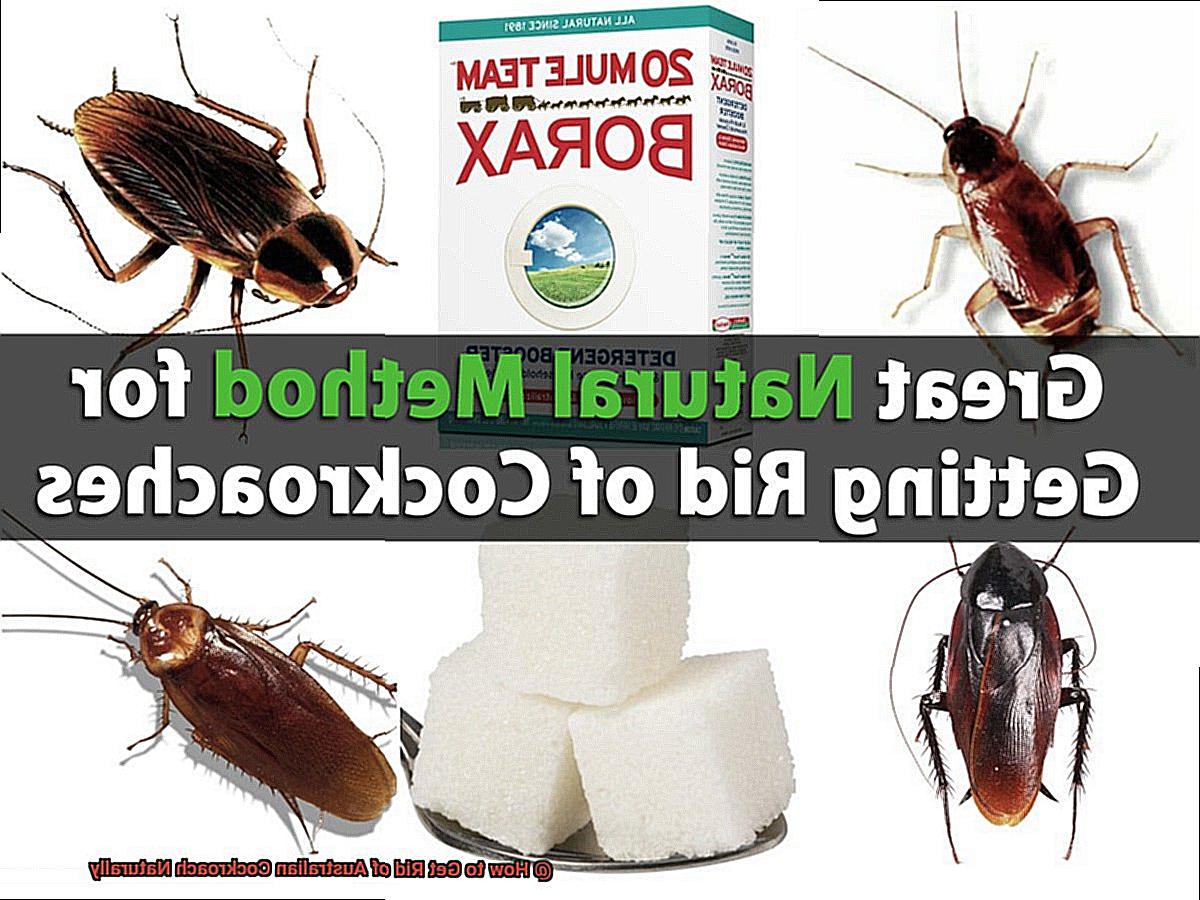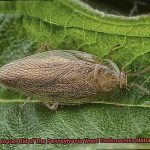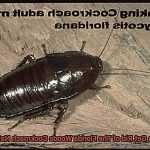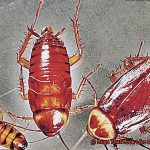Do you often find yourself playing cat and mouse with the pesky Pennsylvania wood cockroaches in your home or backyard? These critters, also known as “wood roaches,” can quickly multiply and become a nuisance for homeowners and gardeners alike. Although they don’t pose any health risks to humans, their presence can be unsettling.
But before you resort to using toxic chemicals and insect sprays, there are natural ways to get rid of these unwanted guests that won’t harm the environment or your family’s health. In fact, these methods can be just as effective, if not more so.
One crucial approach is to eliminate sources of food and shelter for wood roaches, such as woodpiles, debris piles, or outdoor clutter. You can also use natural repellents like cedar chips, diatomaceous earth, or bay leaves to keep wood roaches at bay. Additionally, sealing off potential entry points into your home or using sticky traps can help prevent wood roaches from invading your living space.
In this blog post, we’ll explore these natural methods in detail and provide additional tips on how to get rid of Pennsylvania wood cockroaches without relying on harmful chemicals.
What Are Pennsylvania Wood Cockroaches?
Contents
Pennsylvania wood cockroaches (Parcoblatta pennsylvanica) are a common pest that can invade your space. These cockroaches are often mistaken for the more common German cockroach, but they have some distinct differences.
Pennsylvania wood cockroaches are larger than German cockroaches, reaching up to 1 inch in length, and have a darker reddish-brown or mahogany hue. Unlike most other species of cockroach, Pennsylvania wood cockroaches do not infest homes or buildings. Instead, they prefer to live outdoors in wooded areas, under bark or fallen trees, and in leaf litter.
However, these pests are attracted to light and may fly towards outdoor lights, finding their way inside your home through open windows or doors. Once inside, they can cause damage by chewing on paper products and fabrics.
While Pennsylvania wood cockroaches do not pose a significant health risk to humans and are not known to carry diseases, they can still be a nuisance. You don’t have to resort to toxic chemicals to get rid of them though. Natural methods exist that can help you eliminate these pests from your home.
One effective solution is to use a mixture of boric acid and sugar. Boric acid is a natural insecticide that kills cockroaches by damaging their exoskeletons and dehydrating them. By mixing boric acid with sugar, you can attract the cockroaches to the mixture and make it easier to eliminate them. Simply sprinkle the mixture around areas where cockroaches are commonly found, such as in cabinets, under sinks, or near garbage cans.

Another natural solution is diatomaceous earth, which is a fine powder made from the fossilized remains of tiny sea creatures called diatoms. When cockroaches come into contact with diatomaceous earth, it scratches their exoskeletons, causing them to dehydrate and die. Sprinkle diatomaceous earth around areas where cockroaches are commonly found and leave it for a few days before vacuuming it up.
It’s also essential to keep your home clean and clutter-free. Cockroaches thrive in dirty and cluttered environments, so regularly cleaning surfaces and removing clutter can help keep them away. Sealing up cracks and gaps around your home can also prevent these pests from entering your space.
Health Risks of Pennsylvania Wood Cockroaches
Pennsylvania wood cockroaches may seem like harmless pests, but they can potentially cause health risks to humans. These pests are commonly found in the northeastern region of the United States. While they do not pose a significant threat to human health, it is important to be aware of the health risks associated with these critters.
One of the primary health risks associated with Pennsylvania wood cockroaches is their ability to trigger allergies and asthma symptoms. Their feces, saliva, and shed skin contain allergens that can cause allergic reactions in susceptible individuals. These reactions can range from mild symptoms like sneezing, runny nose, and itchy eyes to more severe symptoms like difficulty breathing and wheezing. In some cases, exposure to these allergens can also lead to the development of asthma in individuals who were previously asymptomatic.
Another health risk associated with Pennsylvania wood cockroaches is their potential to spread disease-causing organisms. Although they are not known to transmit diseases directly to humans, they can carry pathogens like bacteria, viruses, and protozoa on their bodies. These pathogens can contaminate surfaces and food, increasing the risk of infection if ingested.
Moreover, Pennsylvania wood cockroaches can contribute to indoor air pollution. Their excrement and body parts can become airborne and circulate in the air, leading to respiratory issues in sensitive individuals.
If you suspect a Pennsylvania wood cockroach infestation in your home, it is crucial to take prompt action. Natural solutions like boric acid and diatomaceous earth can help eliminate these pests. Keeping your home clean and clutter-free and sealing up any entry points can also prevent them from entering your space.
Natural Solutions for Getting Rid of Pennsylvania Wood Cockroaches
Pennsylvania Wood Cockroaches can be a nuisance in any household, causing allergies, asthma, and spreading diseases. While there are several chemical solutions available, many people prefer natural remedies for health and environmental reasons. Here are some effective natural solutions to get rid of these pests.

Boric Acid and Sugar Mixture
Boric acid, a naturally occurring mineral that is toxic to insects, disrupts the cockroach’s digestive system, resulting in their demise. To create the mixture, simply mix equal parts of boric acid and sugar in a bowl or jar. You can even add water to form a paste for easy application in areas where cockroaches are commonly found.
However, it’s crucial to handle the mixture with caution as boric acid is toxic to pets and humans if ingested in large amounts. Always wear gloves when handling the mixture and place it in areas that are inaccessible to children and pets.
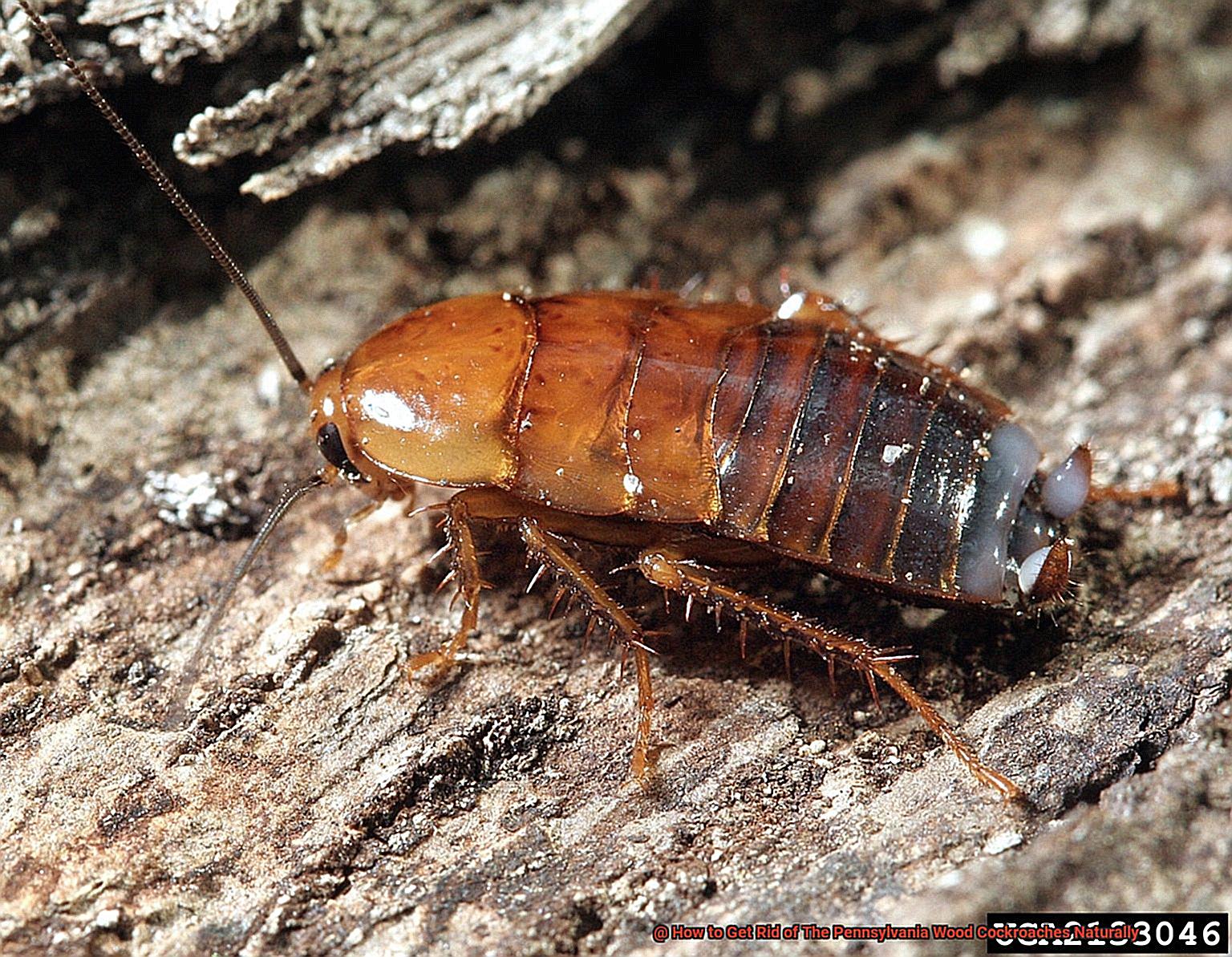
Apply the boric acid and sugar mixture in areas such as behind appliances, under sinks, and in cabinets. For best results, reapply every few weeks to eliminate any newly hatched cockroaches.
Using this natural solution is an effective way to get rid of Pennsylvania wood cockroaches from your home.
Diatomaceous Earth Solution
Diatomaceous earth, a fine powder made from the fossilized remains of tiny aquatic organisms called diatoms, is a powerful dehydrator that can kill cockroaches within 48 hours of contact with their exoskeleton. Simply sprinkle a thin layer in areas where you have seen cockroaches or suspect their presence, such as cracks and crevices, behind appliances, and under sinks.
While handling diatomaceous earth, it’s important to protect yourself by wearing gloves and a mask to avoid skin and lung irritation. Keep in mind that the powder works best when kept dry; if it becomes damp or wet, its efficacy will be reduced. Be patient with this method as it may take several days or even weeks to see a significant reduction in cockroach activity.
Not only is diatomaceous earth effective, but it’s also a safe and natural alternative to chemical pesticides. It’s affordable and easy to find at most hardware stores or online retailers.
Keeping a Clean Home to Prevent Infestations
These pesky critters are attracted to food debris, crumbs, and moisture, making it crucial to keep a clean home to prevent infestations. Here are some simple steps that can help you keep your home clean and free from these unwelcome visitors.
Start by regularly cleaning your kitchen and dining areas. Wipe down countertops, sweep or vacuum up any crumbs or food particles that may have fallen on the floor, and clean appliances thoroughly. In addition to the kitchen, it’s equally important to keep other areas of your home clean and tidy. Regularly dust and vacuum your living spaces, including furniture, carpets, and curtains.
Moisture is a significant attractant for Pennsylvania wood cockroaches. Therefore, it’s crucial to address any plumbing problems promptly. Fix any leaky pipes or faucets that can create ideal conditions for cockroach infestations. Additionally, use dehumidifiers or air conditioners to reduce humidity levels in your home, as these critters thrive in moist environments.
Sealing cracks and crevices around your home’s exterior can prevent cockroaches from entering. Don’t forget to inspect windows and doors for gaps or holes that need sealing too. You can also use natural repellents such as peppermint oil or bay leaves to deter cockroaches from entering your home.
By following these simple steps, you can significantly reduce the risk of infestation and keep Pennsylvania wood cockroaches at bay. Remember, prevention is key when it comes to keeping your home clean and pest-free.
Seal Cracks and Crevices Around Doors and Windows
Pennsylvania wood cockroaches are unwelcome guests in any home. These pesky pests are drawn to moisture and often sneak into homes in search of a water source. However, by sealing cracks and crevices around your doors and windows, you can significantly reduce their chances of entering your home.
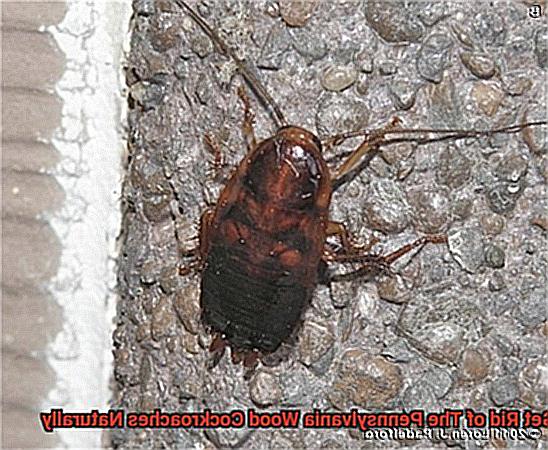
It’s crucial to start by thoroughly inspecting your doors and windows for any gaps or cracks that these cockroaches can use as entry points. By using a caulking gun to fill any openings, paying close attention to the areas where pipes or wires enter your home, you can effectively seal these areas. Additionally, using weather stripping to seal gaps around doors and windows can also help to prevent these pests from entering.
Sealing these areas can make your home less inviting for Pennsylvania wood cockroaches by reducing their opportunity to find a way inside. However, it’s essential to note that sealing these areas may not completely eliminate the presence of these pests in your home.
Therefore, it’s vital to keep a clean and dry home and remove any food or water sources that could potentially attract them.
-sXx98obL90″ >
Conclusion
In conclusion, battling Pennsylvania wood cockroaches can be a daunting task for homeowners and gardeners alike. But before you reach for toxic chemicals and insect sprays, consider natural remedies that are both safe for the environment and your family’s health.
One effective approach is to eliminate sources of food and shelter, such as crumbs or standing water. Natural repellents like cedar chips or diatomaceous earth can also work wonders in keeping these pests at bay. And don’t forget to seal off potential entry points into your home, as well as regularly clean and declutter.
For those looking for more targeted solutions, boric acid and sugar mixtures or diatomaceous earth may do the trick. Just remember to handle these with care, as they can be harmful if ingested in large amounts.
By adopting these natural methods, you’ll bid farewell to pesky wood roach invasions and welcome a pest-free home and garden.

